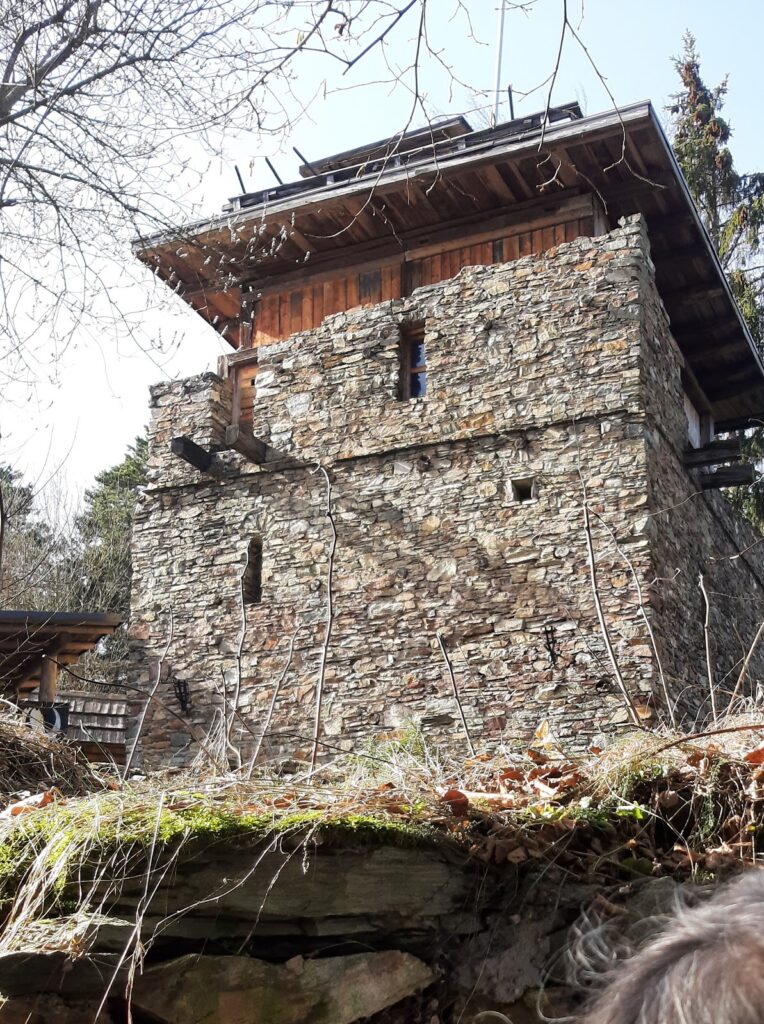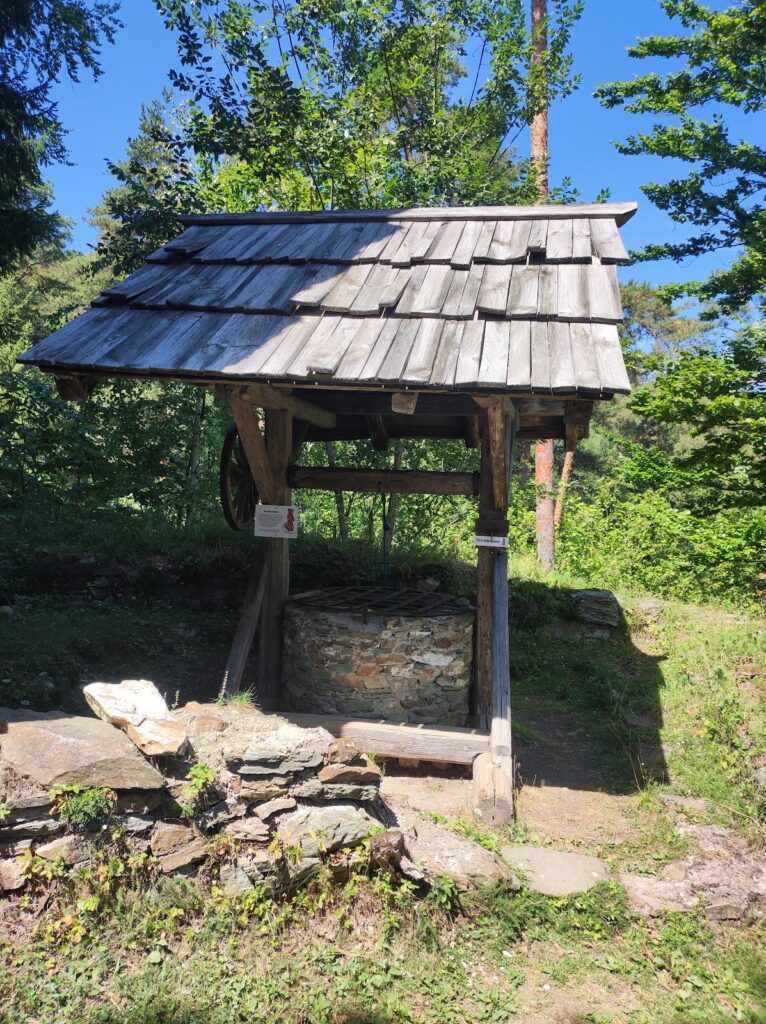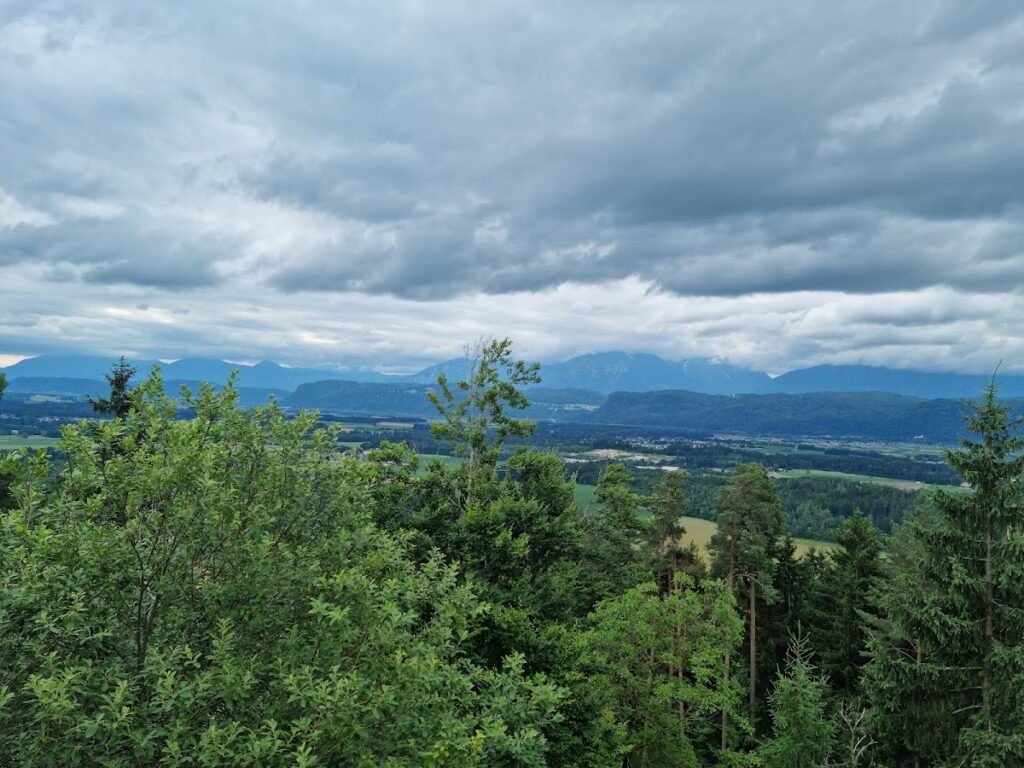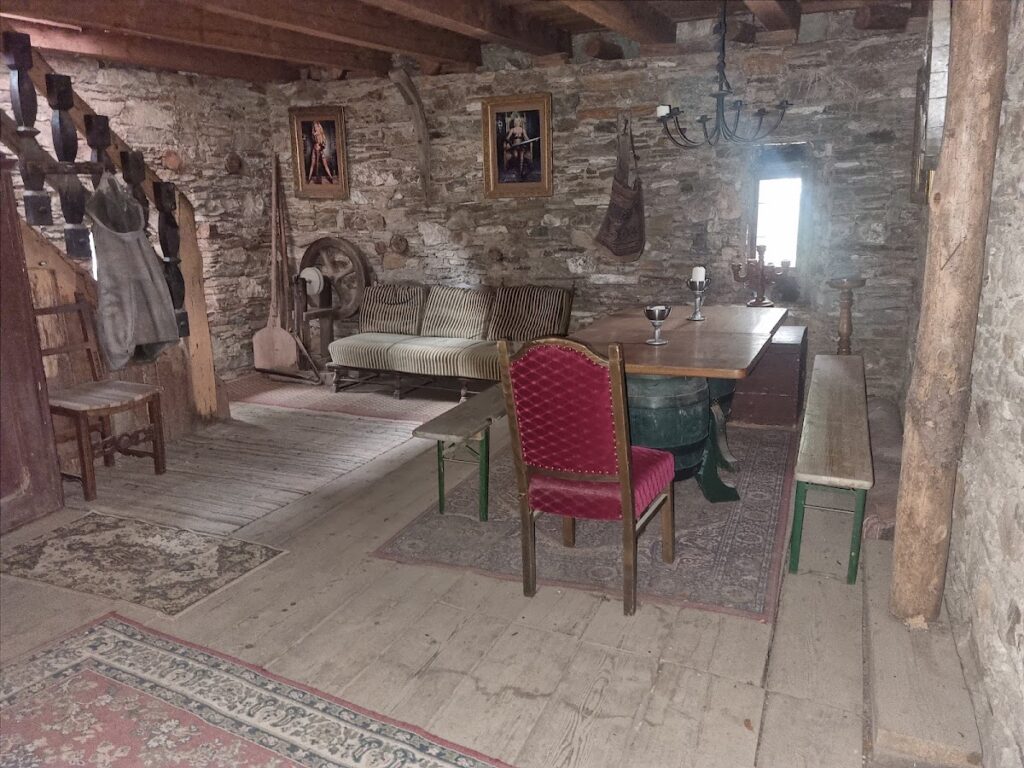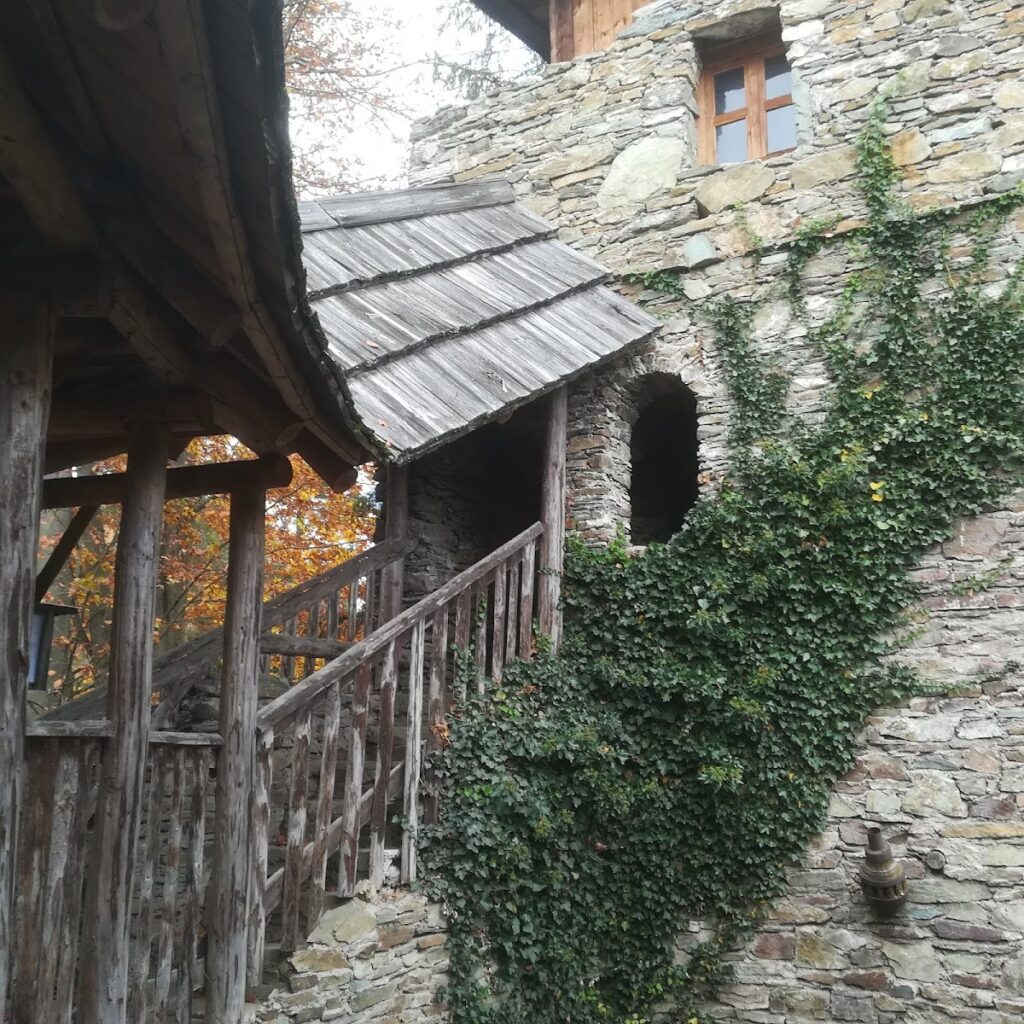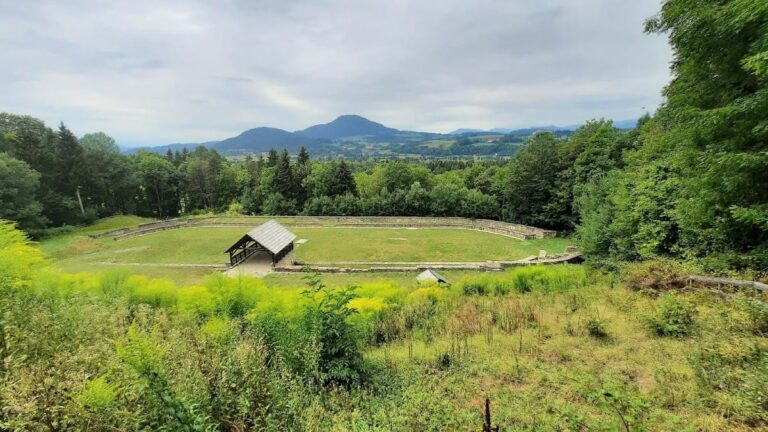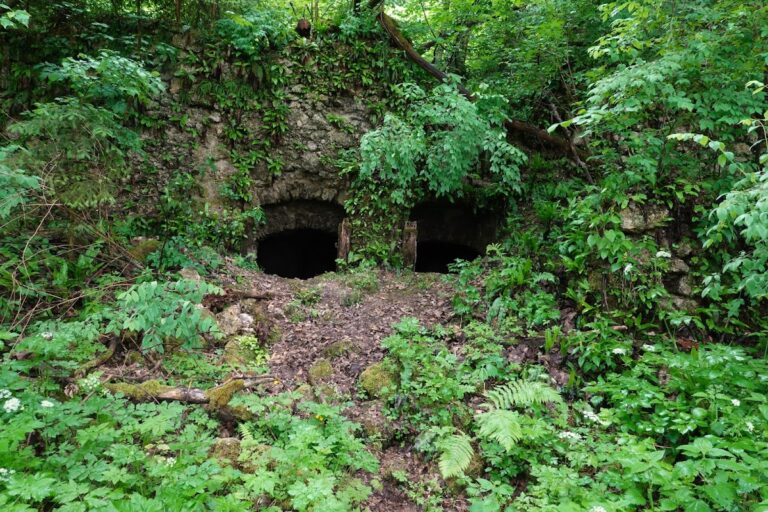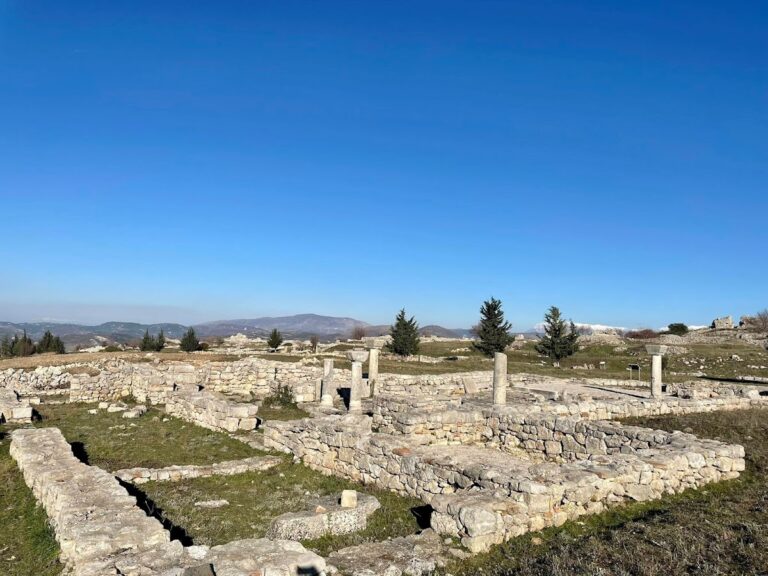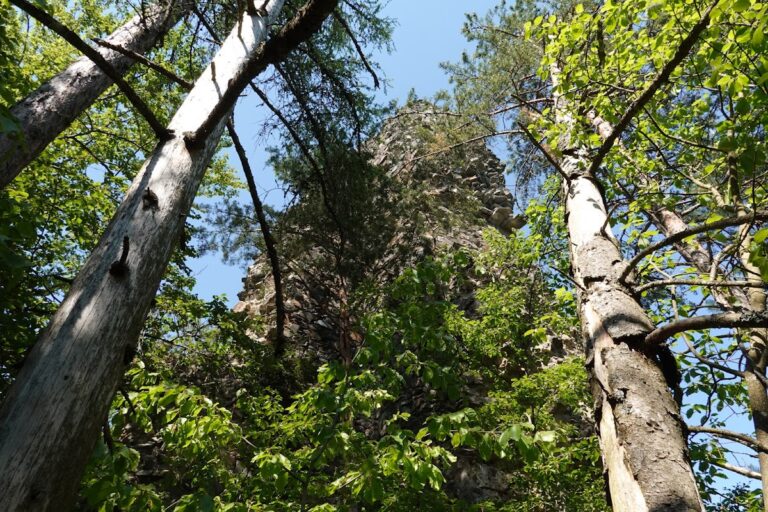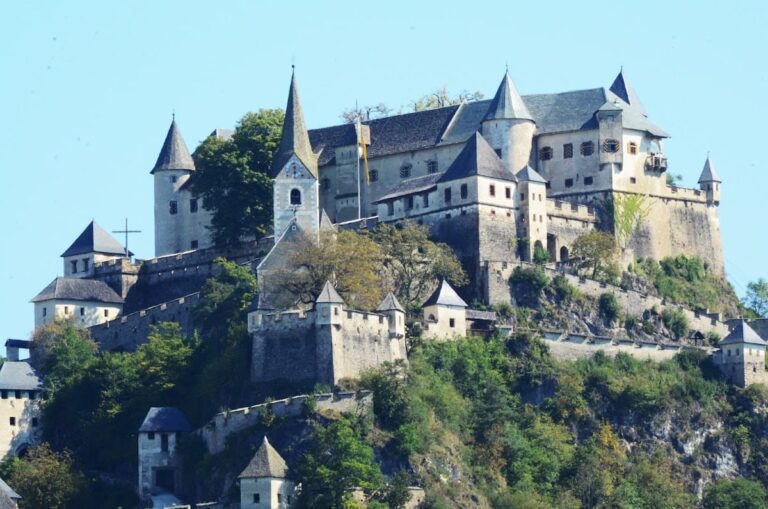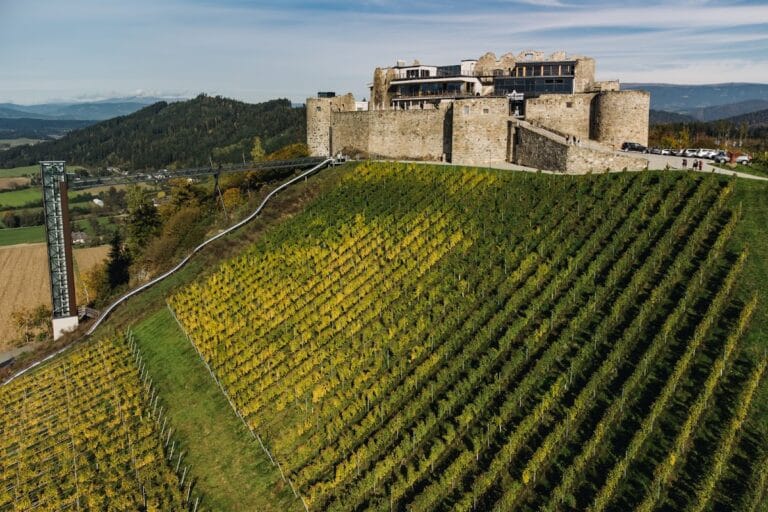Burgruine Zeiselberg: A Medieval Fortress in Austria
Visitor Information
Google Rating: 4.9
Popularity: Very Low
Google Maps: View on Google Maps
Country: Austria
Civilization: Unclassified
Remains: Military
History
Burgruine Zeiselberg is a medieval hilltop fortress located above the village of Čilberk within the municipality of Zeiselberg, Austria. It was constructed in the 13th century by a local noble family and served as a fortified residence during the medieval period.
The earliest records of the noble family associated with Zeiselberg, known as the Zeiselbergers (Čilberžani), date back to 1202. This family were ministeriales, or unfree knights, serving the Dukes of Carinthia and were related to the larger Freiberger lineage. The castle itself is first documented in 1250 as belonging to these lords. Albert de Zeyselberg, son of Heinricus Ziesel, undertook reconstruction of the fortress in the latter half of the 13th century. Albert held prominent positions within Carinthia, including ducal cupbearer and supreme judge between 1267 and 1269.
The Zeiselberger male line ended in the 1270s. Following Albert’s death, his widow Aleiza was compelled to return certain properties her husband had alienated, a process that occurred before her own passing. In 1292, the sons-in-law of Aleiza joined an uprising against the ruling Habsburg dynasty. After this revolt was quashed, the castle endured a siege and was destroyed in May 1293. It is believed that Zeiselberg was not rebuilt after this event.
By the 15th century, ownership of the site had passed to the Mordax family, a group of aspiring local nobles. In 1493, Emperor Frederick III granted the estate to the Siegendorfer family. After this transfer, references to the site cease in historical records, indicating the castle likely fell out of use during this period.
In modern times, efforts to uncover and preserve the ruins began in 1989 under the stewardship of Kurt Zechner, the current landowner. Local organizations have supported these archaeological investigations and conservation work, deepening the understanding of Zeiselberg’s history and structure.
Remains
The ruins of Burgruine Zeiselberg occupy a hill about 600 meters above sea level, from where the site commands views over the village of Čilberk and the surrounding fields. The fortress is small in scale and was designed with defense in mind. Protective features include a wide neck ditch on the northern and western sides, cutting off access and adding natural barriers to the hilltop position. The castle’s enclosing wall formed an irregular oval shape, giving it an egg-like appearance.
Entry to the castle was through a gate on the eastern side, which led into a modest courtyard. Flanking this entrance on the right was a residential building known as a palas, composed of two main rooms. Around this core structure were additional buildings serving domestic and economic purposes. Notably, to the northwest of the palas stood a smithy, a workshop for metalworking, alongside a cistern designed to collect and store water. This cistern was equipped with a filtration system, reflecting an advanced approach to securing clean water within the fortress.
Opposite the main entrance, the castle’s bergfried, a tall fortified tower used both for lookout and refuge, was positioned prominently. Though the original walls survive largely to around knee height, reconstructions have been made to restore the tower up to eight meters. On the western side of the complex, a second smithy highlights the importance of metalworking activities within the castle’s economy. Additional buildings were arranged to the left of the eastern gate, further supporting the fortress’s daily operation.
An external chapel was attached to the ring wall, featuring two staircases, which likely provided access and facilitated religious observances separate from the main living quarters. The presence of this chapel underscores the spiritual needs of the inhabitants.
Archaeological excavations at the site have yielded a variety of everyday items, such as horseshoes, belt buckles, and crossbow bolts. Among the finds was a distillation apparatus known as an alembic, suggesting activities related to medicine or alchemy. Because the castle was occupied for only a short period and saw little subsequent disturbance, these artifacts offer a well-preserved snapshot of life inside the fortress during the 13th century.
